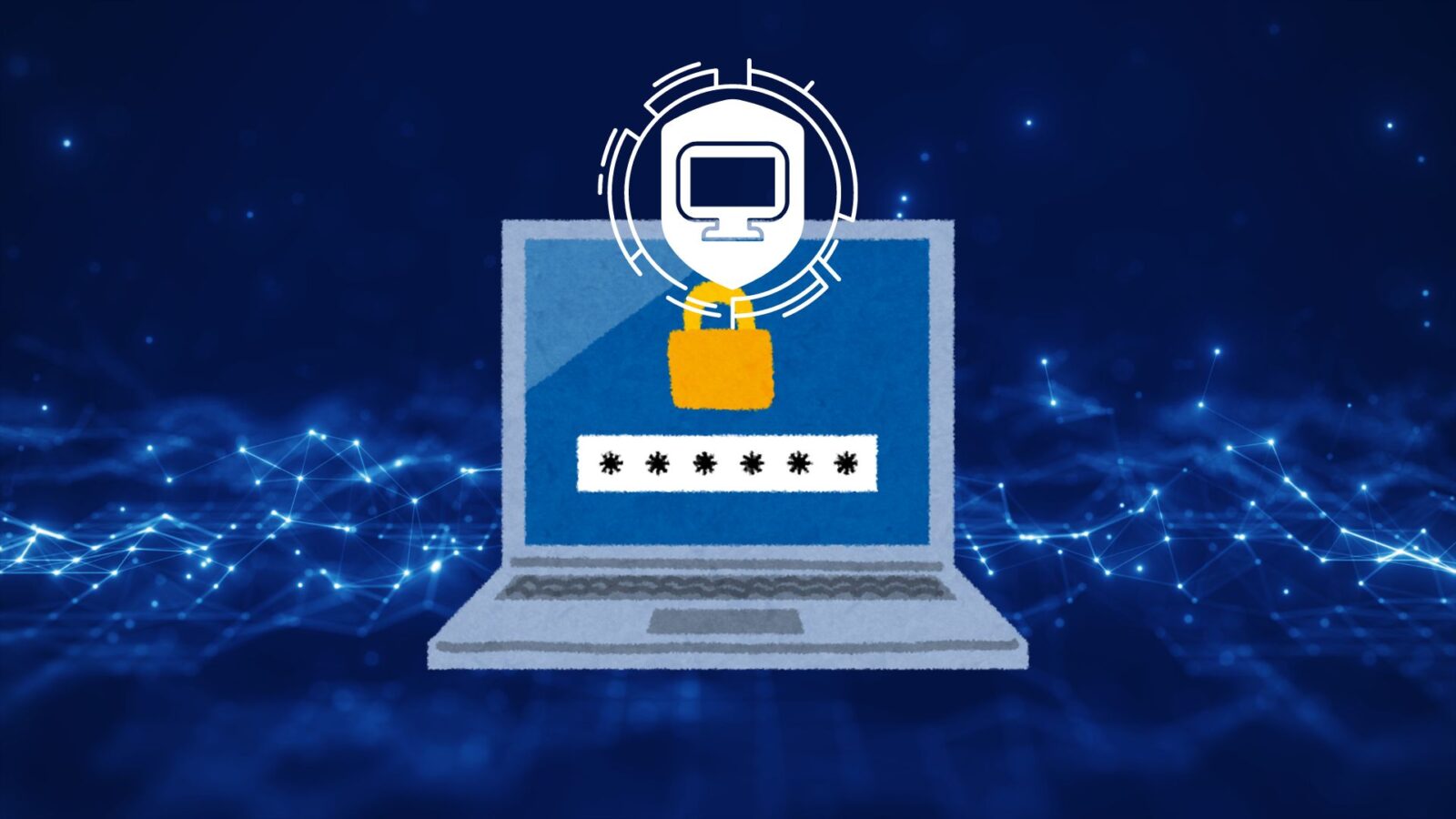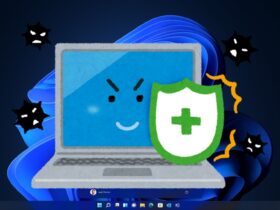Daftar Isi
In our interconnected digital world, cybersecurity stands as a critical shield against an ever-evolving landscape of threats. From personal devices to large-scale enterprises, the protection of sensitive information and systems is paramount. In this comprehensive article, we delve into the fundamentals of cybersecurity, its significance, and practical steps to safeguard our digital lives.
Defining Cybersecurity

In an increasingly digitized world, cybersecurity stands as a bulwark against a myriad of threats lurking in the digital realm. At its core, cybersecurity is a multifaceted approach aimed at safeguarding computer systems, networks, and sensitive data from unauthorized access, attacks, and breaches. Let’s delve into the key components that define this crucial practice and explore practical steps to bolster defenses against evolving threats.
Confidentiality, Integrity, and Availability
These three pillars form the bedrock of cybersecurity. Confidentiality ensures that sensitive information remains protected through encryption, access controls, and secure communication channels. Integrity safeguards data from unauthorized alterations, employing techniques like hashing and digital signatures. Availability guarantees that systems and services are accessible when needed, thwarting disruptions caused by DDoS attacks and other nefarious tactics.
The Shifting Threat Landscape
Cyber threats evolve incessantly, posing formidable challenges to organizations and individuals alike. Malware, encompassing viruses, worms, Trojans, and ransomware, remains a persistent menace. Vigilant updates, robust antivirus tools, and user awareness are indispensable in combatting these threats. Phishing attacks, leveraging social engineering tactics, prey on human vulnerabilities, emphasizing the importance of skepticism and caution. Zero-day exploits, targeting vulnerabilities before patches are available, underscore the urgency of proactive security measures. Insider threats, emanating from employees with malicious intent, necessitate stringent access controls and continuous monitoring to mitigate risks effectively.
Practical Measures for Cyber Defense
In today’s digital landscape, the importance of robust cybersecurity measures cannot be overstated. While the ever-evolving threat landscape may seem daunting, implementing practical steps can significantly enhance defenses and mitigate vulnerabilities. Let’s explore some actionable measures that organizations and individuals can take to bolster their cybersecurity posture:
Strong Passwords
The first line of defense against unauthorized access is a strong and unique password for each account. By incorporating a combination of letters, numbers, and special characters, users can create formidable barriers against potential breaches. Additionally, leveraging password managers not only enhances convenience but also ensures the security of sensitive login credentials.
Multi-Factor Authentication (MFA)
Building upon the foundation of strong passwords, MFA adds an extra layer of protection by requiring additional verification beyond passwords alone. Whether through biometric authentication, one-time codes, or hardware tokens, MFA significantly reduces the risk of unauthorized access, even in the event of password compromise.
Regular Backups
Safeguarding critical data is paramount in the face of ransomware attacks and hardware failures. Regularly backing up essential information to secure, off-site locations or cloud storage ensures that organizations can recover swiftly from potential data loss incidents, minimizing disruption and maintaining business continuity.
Patch Management
Keeping software and operating systems up to date is essential for addressing known vulnerabilities and minimizing exploitation risks. Regularly applying patches and updates provided by software vendors helps close security gaps and fortify defenses against cyber threats seeking to exploit known weaknesses.
Security Awareness Training
Educating users about safe online practices and potential threats is integral to fostering a culture of cybersecurity awareness within organizations. Comprehensive training programs empower employees to recognize phishing attempts, adhere to security best practices, and promptly report suspicious activity, thereby serving as an effective line of defense against cyber threats.
As cyber threats continue to evolve in sophistication and scale, proactive measures and ongoing vigilance are paramount. By adopting a comprehensive cybersecurity strategy and embracing best practices, organizations and individuals can navigate the digital landscape with confidence, safeguarding their assets and preserving the integrity of their digital footprint.
Read More: IoT Devices Rise and The Evolution of Cybersecurity
Conclusion
In the dynamic landscape of technology, cybersecurity remains an ongoing battle. As we embrace innovations like IoT devices and cloud computing, our commitment to safeguarding digital assets becomes even more critical. Remember, cybersecurity is not a one-time fix; it’s a continuous process that demands vigilance, adaptability, and collaboration across individuals, organizations, and governments.
The digital realm is both our playground and our battleground. Let us fortify our defenses, stay informed, and work collectively to build a safer and more resilient cyberspace.




































